Wine Goes To The Movies
With NowAndZin.com and TrailersFromHell.com
Alfred Hitchcock was always pouring drinks down the throats of his characters. The director used alcohol as medicine in many of his films, particularly as a cure for the nervousness his suspenseful story lines caused. If a character survived a near-death experience with a homicidal maniac, a vehicle or some birds, the next thing heard was likely to be "Here - have some brandy."
In "Dial M For Murder" he really put drinking on a pedestal. Ray Milland must have had "Lost Weekend" flashbacks during the filming of this 1954 classic. He suggested drinks to everyone except the key grip, and that offer may have ended up on the cutting room floor.
Thanks to Milland's character, Grace Kelly and Bob Cummings are always drinking. "Have a drink!" "Let’s meet for a drink!" "Sell the ticket and have a drink on the proceeds!" "She’s a filthy cook. Let’s have a drink!" "Dahling, you framed me for a murder??" "Yes, dear. How about that drink now?"
Since brandy seemed to be Hitch's favorite drink, at least in the movies, let's pair this elixir with "Dial M For Murder."
Most brandy is distilled from grapes, so it's sort of half wine, half spirits. The French Cognac region is just north of Bordeaux, and they've been putting out some pretty decent brandy for a few years now.
Remy Martin VSOP Cognac is made from primarily Ugni Blanc and Colombard grapes. They are fermented for only about a week, and the rather low-alcohol wine is then distilled.
With product placement in movies a much bigger issue today than in Hitchcock's day, it seems likely that his characters nowadays would be offering up a Remy, instead a more generic suggestion.
Now that we’ve dispensed with the wine pairing, let me ask you this: Have you ever been bothered by the key-in-the-purse thing in "Dial M?" Grace Kelly had just one key? Really? I know it was the 1950s and all - 1950s Britain, at that - but having just one key represents a rather uncomplicated life. It’s hard to imagine someone with only one key to keep track of getting involved in this sort of intrigue.
Further, Milland just reaches into Grace Kelly’s handbag and pops it right out. What else was in there, a pack of gum? Have any of our gentlemen readers ever tried to find something in a lady’s purse? How quickly did you give up?
Another sidebar: The depiction of the rotary phone and its creepy analog workings take on an almost steampunk quality in today's digital atmosphere.
With all that that off my chest, let’s fire up the movie machine and have a drink! "Won’t you join me?" "I’m afraid it’s too early for me." "What’s the harm in just one?" "Well, alright..."
Dial "M" for more:
Nardini Acqua Alla Ruta is a grappa popular in Italy, with supposed medicinal and aphrodisiac attributes.
Clear Creek Grappa Pinot Grigio is from Oregon, in case you're only buying domestic.
Hennessy VS Cognac is preferred by rappers, who refer to it as "Henny."
Follow Randy Fuller on Twitter.
Follow Trailers From Hell on Twitter.
With NowAndZin.com and TrailersFromHell.com
Alfred Hitchcock was always pouring drinks down the throats of his characters. The director used alcohol as medicine in many of his films, particularly as a cure for the nervousness his suspenseful story lines caused. If a character survived a near-death experience with a homicidal maniac, a vehicle or some birds, the next thing heard was likely to be "Here - have some brandy."
In "Dial M For Murder" he really put drinking on a pedestal. Ray Milland must have had "Lost Weekend" flashbacks during the filming of this 1954 classic. He suggested drinks to everyone except the key grip, and that offer may have ended up on the cutting room floor.
Thanks to Milland's character, Grace Kelly and Bob Cummings are always drinking. "Have a drink!" "Let’s meet for a drink!" "Sell the ticket and have a drink on the proceeds!" "She’s a filthy cook. Let’s have a drink!" "Dahling, you framed me for a murder??" "Yes, dear. How about that drink now?"
Since brandy seemed to be Hitch's favorite drink, at least in the movies, let's pair this elixir with "Dial M For Murder."
Most brandy is distilled from grapes, so it's sort of half wine, half spirits. The French Cognac region is just north of Bordeaux, and they've been putting out some pretty decent brandy for a few years now.
Remy Martin VSOP Cognac is made from primarily Ugni Blanc and Colombard grapes. They are fermented for only about a week, and the rather low-alcohol wine is then distilled.
With product placement in movies a much bigger issue today than in Hitchcock's day, it seems likely that his characters nowadays would be offering up a Remy, instead a more generic suggestion.
Now that we’ve dispensed with the wine pairing, let me ask you this: Have you ever been bothered by the key-in-the-purse thing in "Dial M?" Grace Kelly had just one key? Really? I know it was the 1950s and all - 1950s Britain, at that - but having just one key represents a rather uncomplicated life. It’s hard to imagine someone with only one key to keep track of getting involved in this sort of intrigue.
Further, Milland just reaches into Grace Kelly’s handbag and pops it right out. What else was in there, a pack of gum? Have any of our gentlemen readers ever tried to find something in a lady’s purse? How quickly did you give up?
Another sidebar: The depiction of the rotary phone and its creepy analog workings take on an almost steampunk quality in today's digital atmosphere.
With all that that off my chest, let’s fire up the movie machine and have a drink! "Won’t you join me?" "I’m afraid it’s too early for me." "What’s the harm in just one?" "Well, alright..."
Dial "M" for more:
Nardini Acqua Alla Ruta is a grappa popular in Italy, with supposed medicinal and aphrodisiac attributes.
Clear Creek Grappa Pinot Grigio is from Oregon, in case you're only buying domestic.
Hennessy VS Cognac is preferred by rappers, who refer to it as "Henny."
Follow Randy Fuller on Twitter.
Follow Trailers From Hell on Twitter.

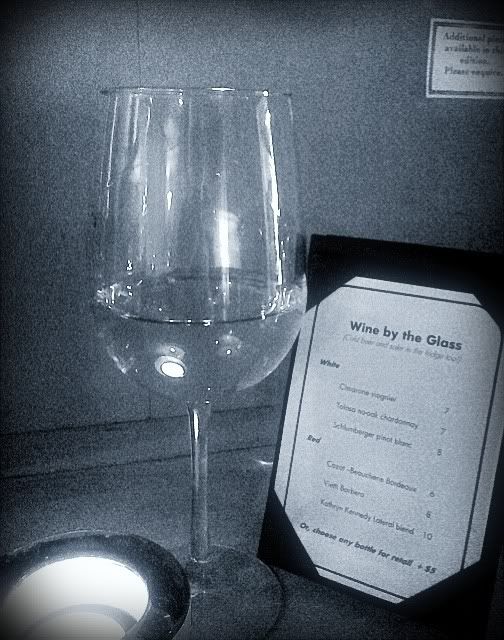
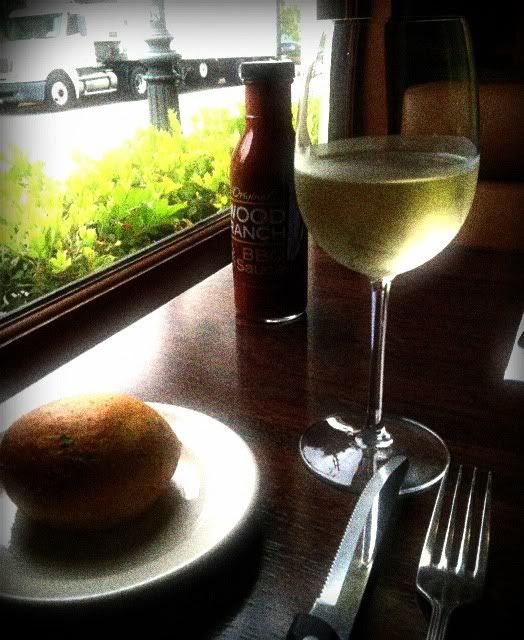
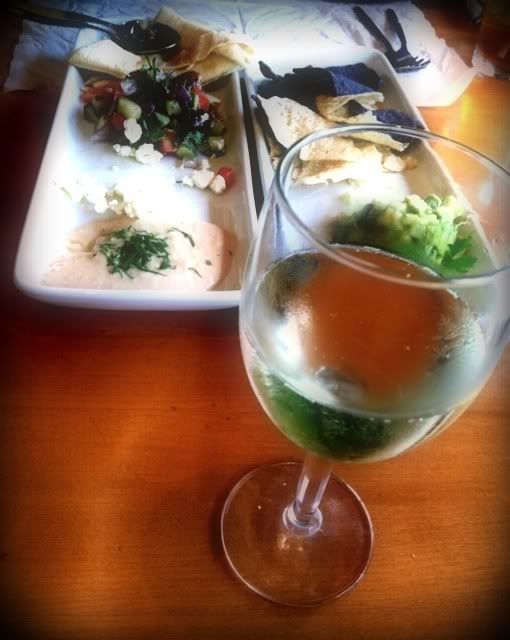
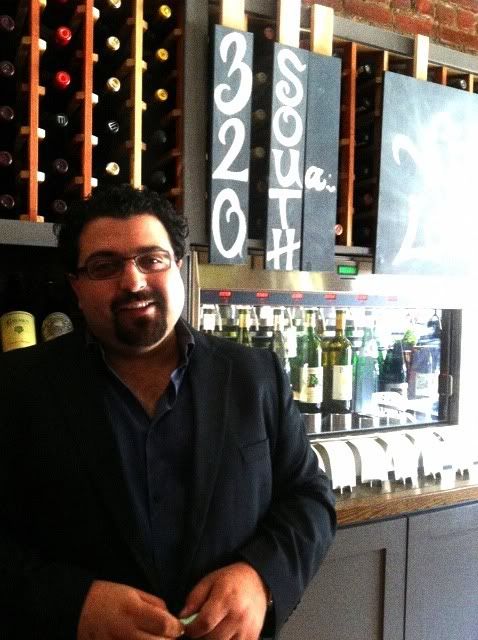

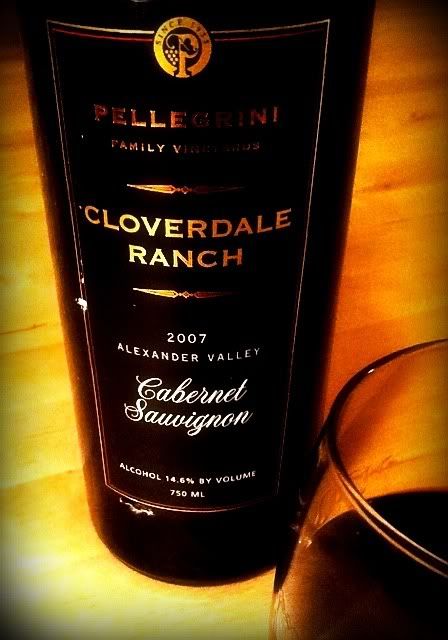
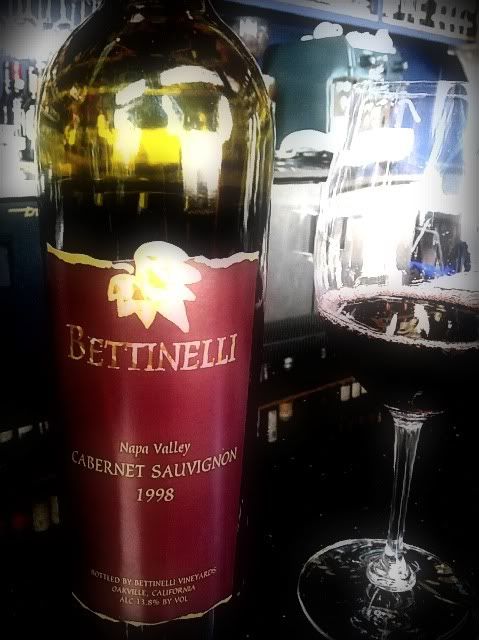

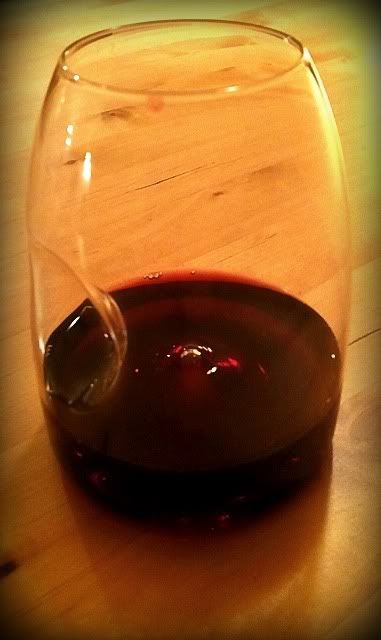

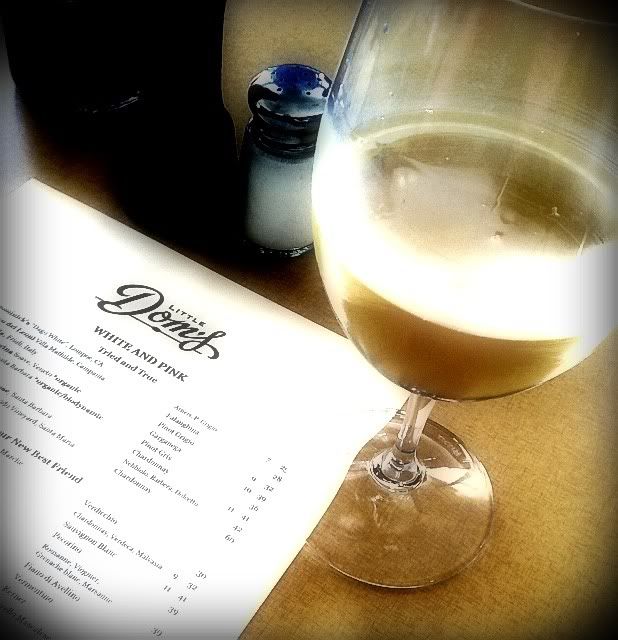
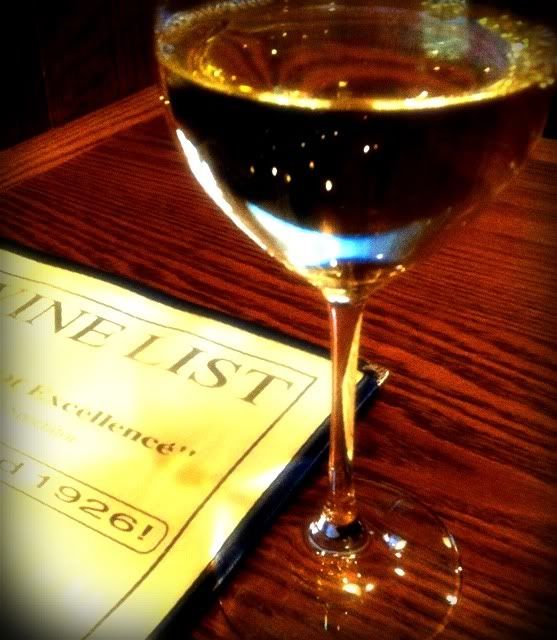

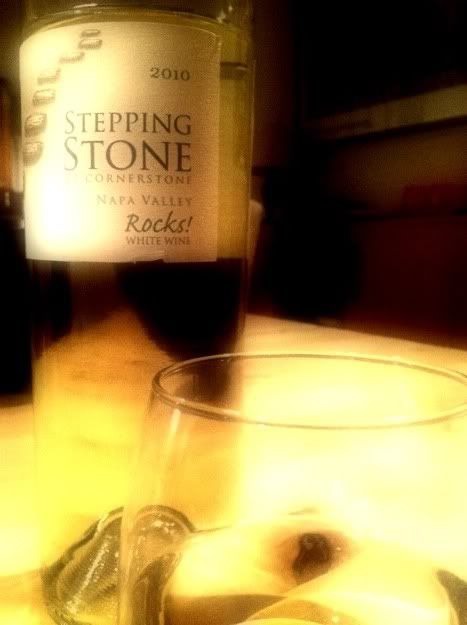

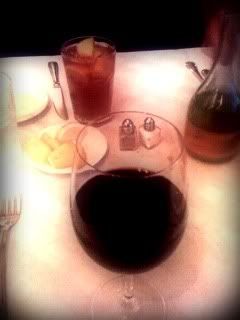
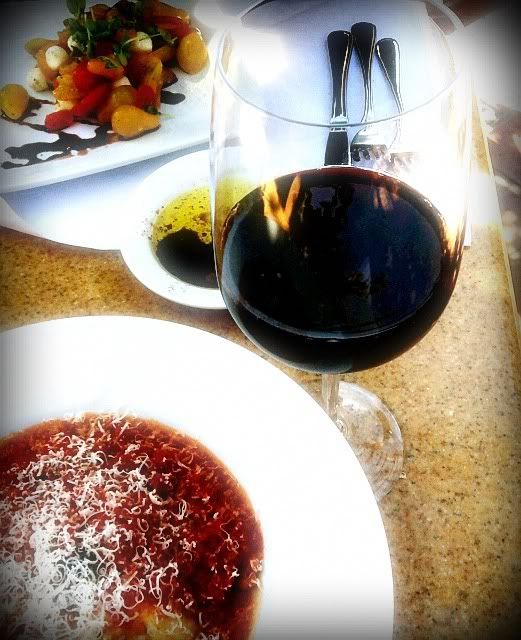
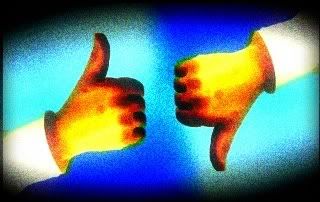

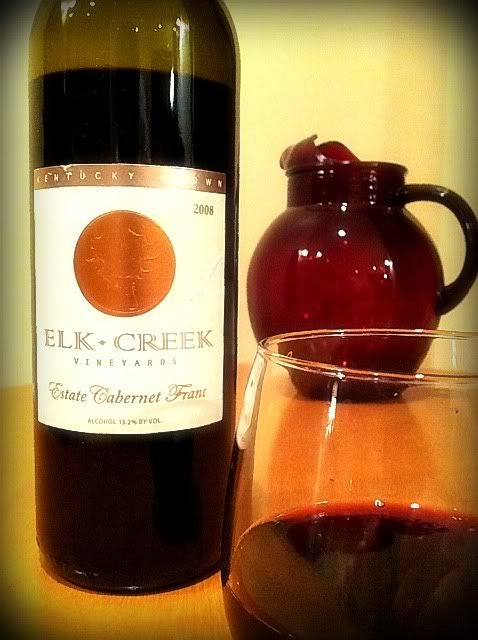 Elk Creek Vineyard's Estate Cabernet Franc 2008 is the second vintage of this wine from Elk Creek. Cab Franc is considered by the University of Kentucky to be
Elk Creek Vineyard's Estate Cabernet Franc 2008 is the second vintage of this wine from Elk Creek. Cab Franc is considered by the University of Kentucky to be